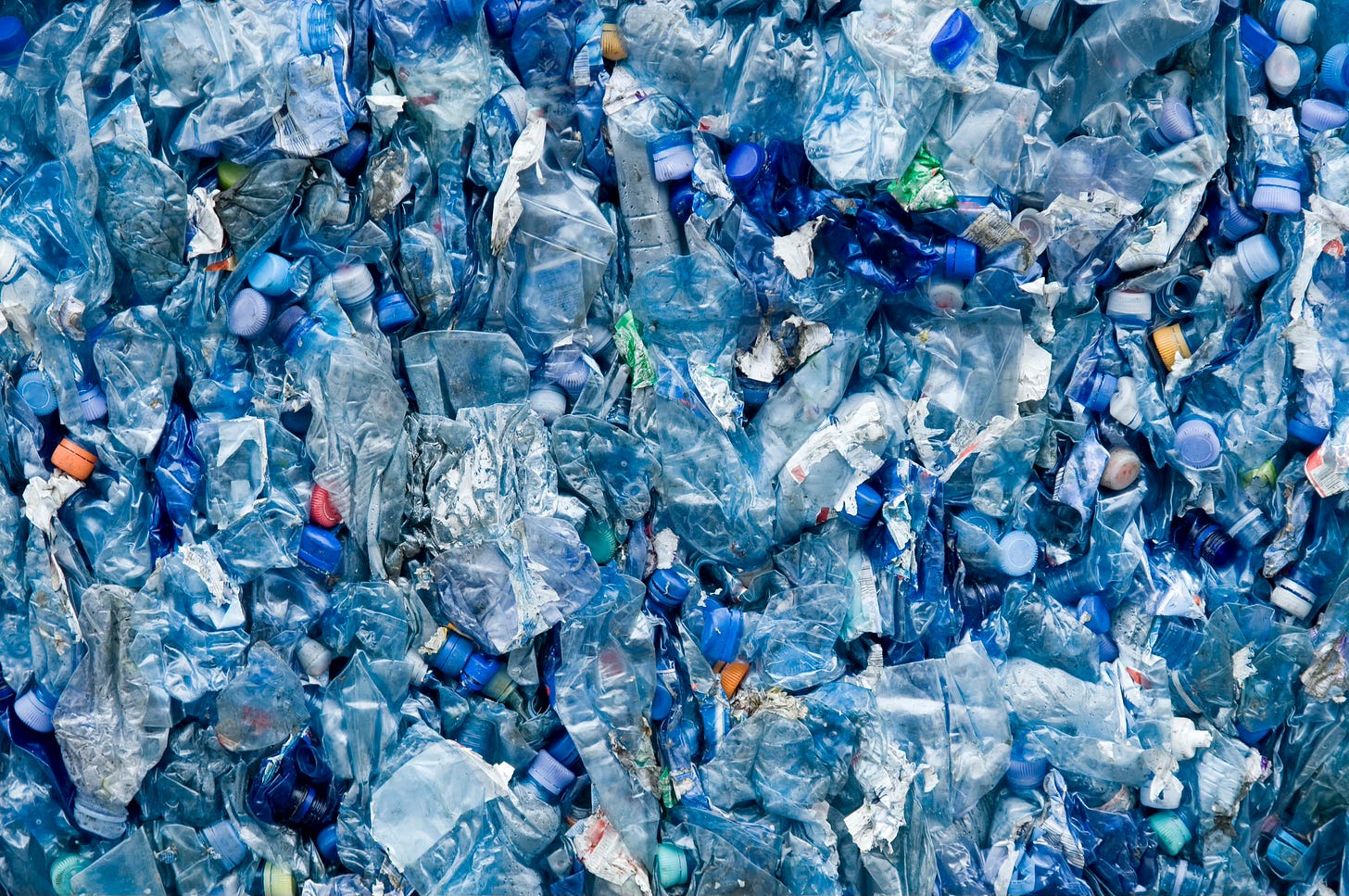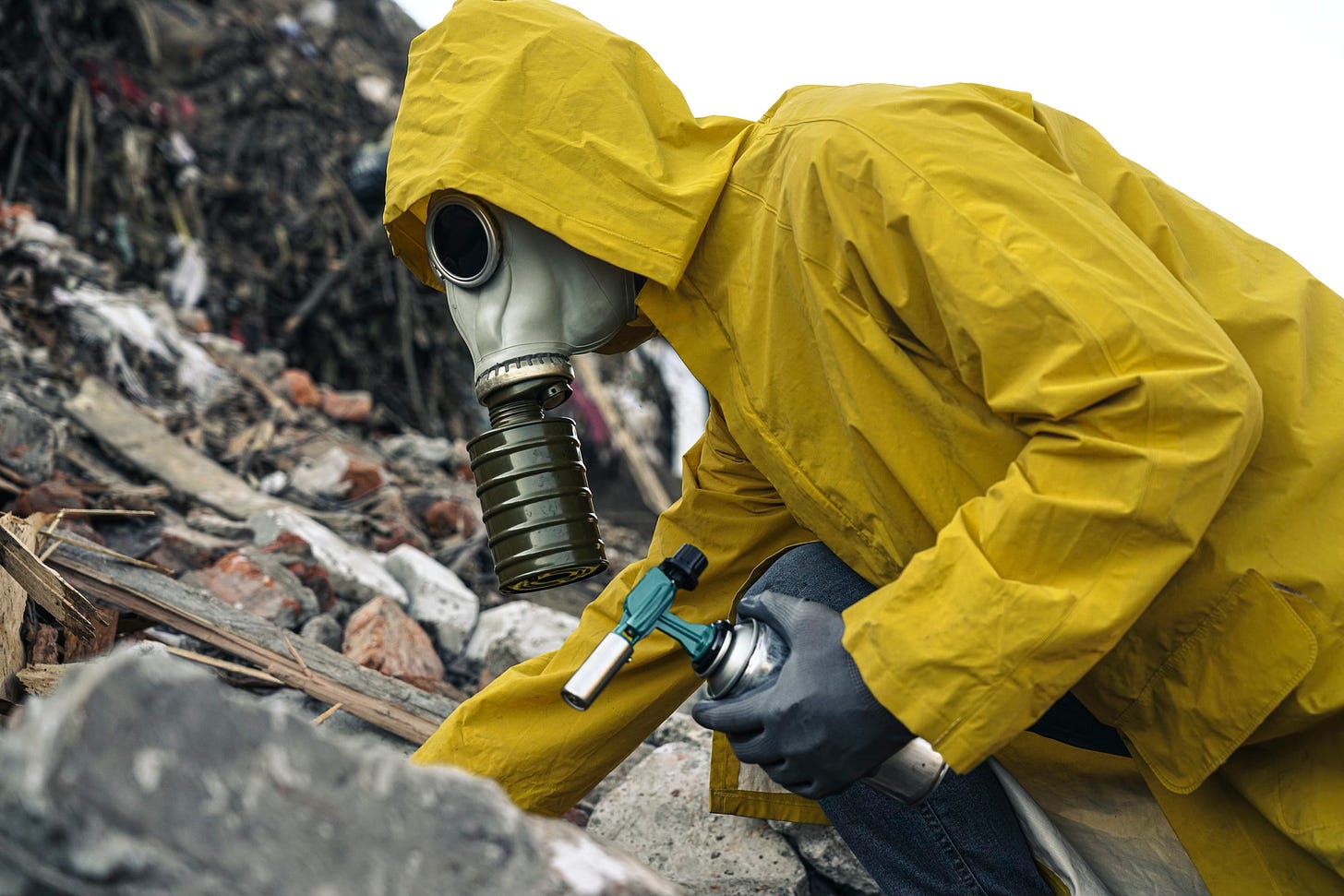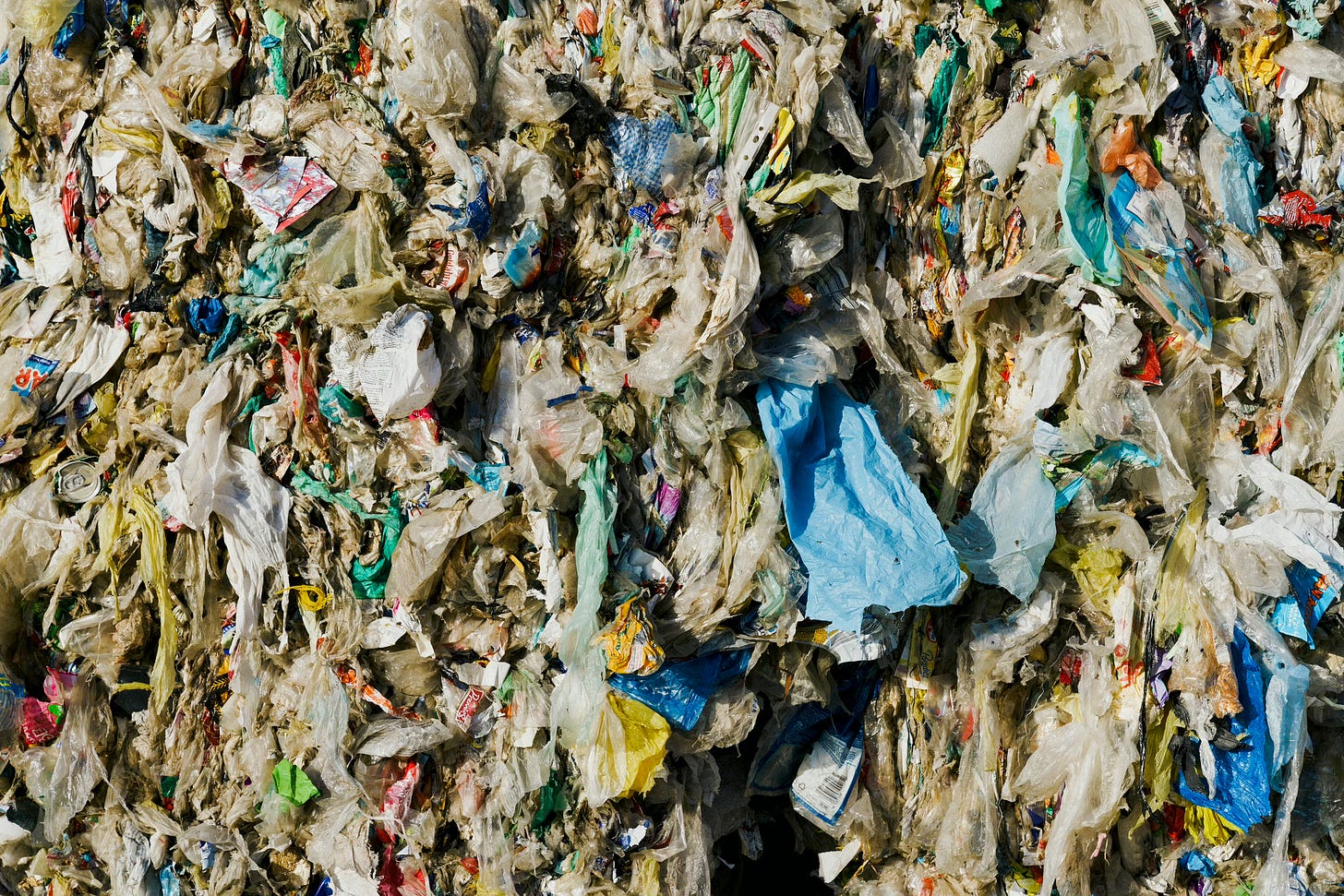Human Disease Costs $250 Billion Annually Thanks to Toxic Forever Chemicals
A new study shows the cost of treating diseases, that stem from the effects of toxic chemicals causing the physical disruption of the endocrine system, reached a quarter of a billion dollars in 2018.
Endocrine-disrupting chemicals (EDCs) stemming from plastics and found in the nation’s food and water pose such a serious threat to public health, that the estimated cost in increased health care costs in 2018, reached at least $250 billion annually, according to new research published in the Journal of the Endocrine Society.
The researchers in this study analyzed existing studies on EDCs to identify how many diseases and disabilities were attributed to chemicals in plastics. The chemicals they studied were those commonly found in plastics and included: polybrominated diphenyl ethers (PBDE); phthalates; bisphenols; and poly- and perfluoroalkyl substances (PFAS).
In order to come to their conclusion, the scientists researching this data updated previously published information on disease burden and cost estimates for these chemicals in the United States prior to 2018. Then, they combined the data and estimated $250 billion in disease burden from plastic exposure in 2018.
“Our study found plastics contribute substantially to disease and associated social costs in the U.S., about $250 billion in 2018 alone [and] these costs are equivalent to 1.22% of the Gross Domestic Product,” said study author Leonardo Trasande of NYU Grossman School of Medicine and NYU Wagner Graduate School of Public Service in New York, N.Y. “The diseases due to plastics run the entire life course from preterm birth to obesity, heart disease and cancers,” Trasande, who has represented the Society at intergovernmental meetings to address plastic pollution and its health effects, concluded.
The following is a statement from the Endocrine Society, the first scientific body to take a public stance on the state of endocrine disrupting chemicals (EDCs) with the 2009 publication of its Scientific Statement, that best describes how these chemicals affect the human body:
“Many potentially harmful chemicals are used during the production of plastics, either as building blocks of the plastic material itself or as additives to provide certain properties such as color or flexibility. These chemicals remain in the final product and therefore, plastics contain and leach many hazardous chemicals, including endocrine disrupting chemicals (EDCs) that disturb the body’s hormone systems. One well-known example is bisphenol A (BPA), which is used in polycarbonate plastics. Further, a wide range of other plastic additives, including phthalates, flame retardants, heavy metals are known EDCs. Pivotal research advances into EDCs, their prevalence, and their broad range of health effects have raised concerns about these chemicals and led a number of international scientific and health organizations to weigh in. Published statements, position papers, resolutions, and similar activities have successfully advanced global awareness and understanding of EDCs, and contributed to science-based action on EDCs by many stakeholders including some governments, retailers and manufacturers.”
The strength of evidence linking EDCs with human diseases and conditions including cancer, early puberty in young girls, obesity and diabetes, male and female reproductive disorders, and neurodevelopmental effects, is overwhelming. The correlation between perfluoroalkyl substances (PFAS) and child and adult obesity, impaired glucose tolerance, gestational diabetes, reduced birthweight, reduced semen quality, polycystic ovarian syndrome, endometriosis, and breast cancer has been monumental in the last few years.
Evidence also exists that reflects a strong relationship between bisphenols, which are used widely in packaged foods and drinks, to adult diabetes; reduced semen quality; polycystic ovarian syndrome; reduced anogenital distance in boys; childhood obesity, and impaired glucose tolerance. There has also been greater evidence to support a direct link to cognitive deficits and attention-deficit disorder in children following prenatal exposure to bisphenol A, organophosphate pesticides, and polybrominated flame retardants.
Most of the cost burden was from polybrominated diphenyl ethers (PBDE) exposure — which are a class of chemicals that are added to certain manufactured products in order to reduce the chances that the products will catch on fire — linked with diseases such as cancer. Sixty-seven billion in health costs was due to phthalate exposure which is linked to preterm birth, reduced sperm count and childhood obesity, and $22 billion was due to PFAS exposure which is associated with kidney failure and gestational diabetes.
In all of the studied cases, the scientists looked at toxic chemicals that can leach directly into food from intact plastics, unlike micro and nano-plastics, which are produced when plastics break down. Dr. Trasande refers to these plastic particles as “carrier pigeons” for the toxic, hormone disrupting chemicals they deliver into the human system.
Because the researching scientists limited their searches to documented medical costs that were most complete and thorough, they emphasize that the actual impact of plastic pollution is far more extensive that what could be factually documented in the study. For this reason, and given that the study focuses on the year 2018, we must conclude that the medical emergency posed by toxic forever chemicals now is much more significant.
In the summer of 2021, the US House of Representatives passed the PFAS Action Act of 2021, which was a bipartisan piece of legislation that would have regulated toxic chemicals found in drinking water, as well as classifying those toxic chemicals as “hazardous substances,” in order to spark federal cleanup standards. All legislation aimed at regulating toxic PFAS “forever chemicals” died in the Democratic-controlled US Congress last session however, as lobbyists used their endless resources to target Republicans in the Senate. Ultimately, the bill was not able to get enough conservative support to overcome a Senate filibuster.
In 2023, the Environmental Protection Agency (EPA) determined that virtually no minimum level of exposure to two types of PFAS compounds in drinking water is safe, and public health advocates say the entire chemical class is toxic and dangerous. The chemical industry records billions of dollars in PFAS sales annually, so the direct corporate opposition to establishing protectionist laws that would curtail sales for companies like Dupont and 3M, has been high. Now that the dangers of these chemicals are well-known and studied, it seems the real problem is stemming from corporations that continue to prioritize profit over human health.
“At some level, you have to take a step back and say, ‘one percent of GDP is being wasted on the human health impacts of an industry that makes money off people’s backs,’” observes Trasande. [This] is a problem — I don’t think people quite appreciate that, or the need to speak out about that.”
To help spread awareness on this issue, please share this article with all of your friends and family and across social media. For more on the issue of toxic forever chemicals and the threat fossil fuel corporations pose, read:
This post was available to the public thanks to paid subscribers like you who continue to support SHERO.
Amee Vanderpool writes the SHERO Newsletter, is an attorney, published author, contributor to newspapers and magazines, and an analyst for BBC radio. She can be reached at avanderpool@gmail.com or follow her on Twitter @girlsreallyrule.
Paid subscriptions and one-time tributes embedded in each article allow me to keep publishing critical and informative work that is sometimes made available to the public — thank you. If you like this piece and want to support independent journalism further, you can forward this article to others, get a paid subscription or gift subscription, or donate as much as you like today.










Quarter of a trillion, not billion!